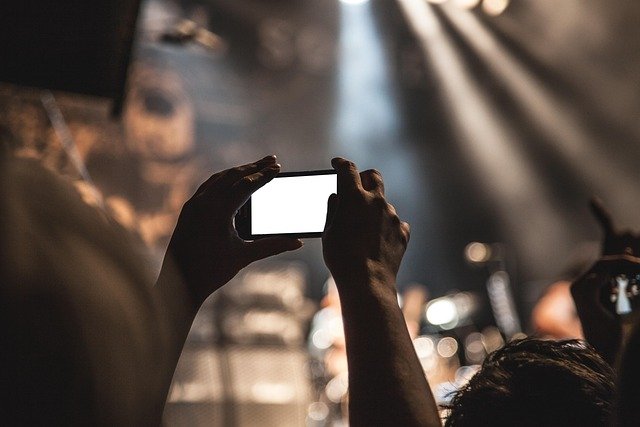The Artistic Alchemy of Synesthesia in Modern Music
In the kaleidoscopic realm of modern music, a fascinating neurological phenomenon is reshaping the auditory landscape. Synesthesia, the involuntary blending of senses, has emerged as a powerful creative force, inspiring artists to craft multisensory experiences that transcend traditional musical boundaries. This unique condition, where stimulation of one sensory pathway leads to automatic, involuntary experiences in a second sensory pathway, is not just a curiosity but a wellspring of artistic innovation.

Chromatic Compositions
For synesthetic musicians, composing is not just an auditory process but a visual one as well. Artists like Pharrell Williams and Lorde have spoken openly about their synesthetic experiences, describing how colors and shapes influence their songwriting. This chromatic approach to music creation has led to innovative compositions that aim to evoke specific visual sensations in listeners, even those without synesthesia.
Multisensory Music Videos
The influence of synesthesia extends beyond the music itself into the realm of visual media. Music videos have become a canvas for artists to share their synesthetic visions with the world. Directors and animators collaborate with musicians to create visual representations of their sensory experiences, resulting in mesmerizing audiovisual journeys that blur the lines between sight and sound.
Synesthesia in Live Performances
Live concerts are being transformed by the incorporation of synesthetic elements. Artists are designing elaborate light shows, projections, and stage setups that mimic their internal sensory experiences. These immersive performances aim to give audiences a glimpse into the artist’s synesthetic world, creating a shared multisensory experience that goes beyond traditional concert-going.
The Technological Frontier
As technology advances, so too does the ability to recreate synesthetic experiences for non-synesthetes. Virtual and augmented reality technologies are being developed to simulate the sensory blending experienced by synesthetes. These innovations promise to open up new avenues for artistic expression and audience engagement, potentially revolutionizing the way we consume and interact with music.
The Therapeutic Potential
Beyond its artistic applications, the study of synesthesia in music is revealing potential therapeutic benefits. Researchers are exploring how synesthetic experiences can be used in music therapy to aid in the treatment of various neurological and psychological conditions. The ability of synesthesia-inspired music to engage multiple senses simultaneously may offer new pathways for healing and cognitive enhancement.
Challenges and Controversies
While the integration of synesthesia into modern music has opened up exciting possibilities, it has also raised questions and challenges. Some critics argue that the focus on visual and sensory elements may detract from the purity of the musical experience. Others worry about the potential for sensory overload or the exclusion of audience members who may not respond to these multisensory stimuli in the intended way.
The Future of Synesthetic Music
As our understanding of synesthesia grows and technology continues to evolve, the future of music looks increasingly multisensory. We may see the development of new instruments designed to produce both sound and visual effects simultaneously, or concert venues equipped with technology to deliver personalized synesthetic experiences to each audience member. The possibilities are as limitless as the human senses themselves.
Conclusion
The artistic alchemy of synesthesia in modern music represents a fascinating convergence of neurology, creativity, and technology. As more artists embrace their synesthetic experiences and share them with the world, we are witnessing the birth of a new era in musical expression. This multisensory approach to music creation and performance not only enriches the artistic landscape but also offers new insights into the workings of the human mind and the nature of perception itself. As we continue to explore the potential of synesthesia in music, we may find ourselves on the brink of a sensory revolution that will redefine the very essence of musical experience.





